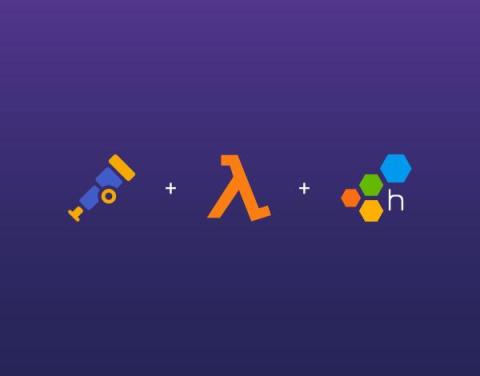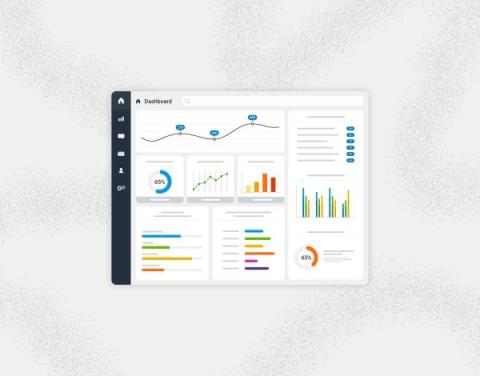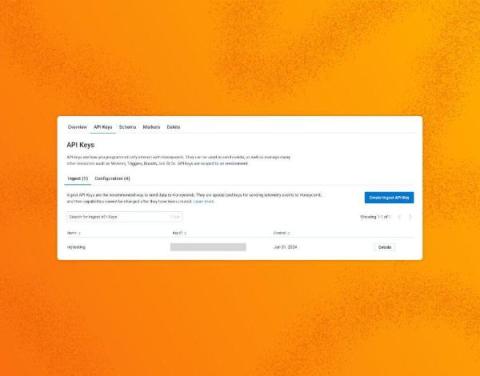OpenTelemetry Best Practices #1: Naming
Naming things, and specifically consistently naming things, is still one of the most useful pieces of work you can do in telemetry. It’s often overlooked as something that will just happen naturally and won’t cause too much of an issue—but it doesn’t happen naturally, it does cause issues, and you end up having to fix the data in pipelines or your backend tool.











